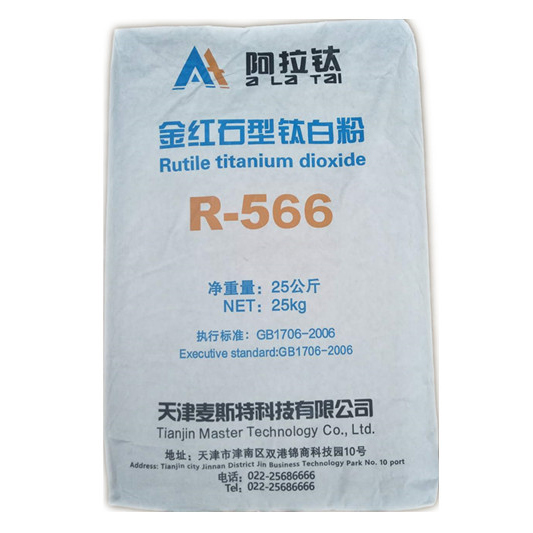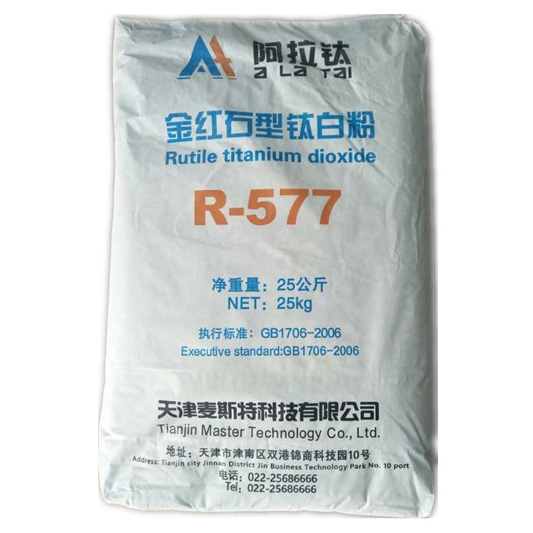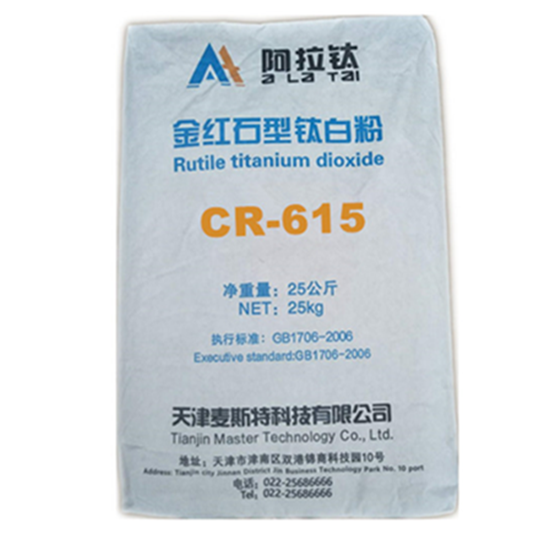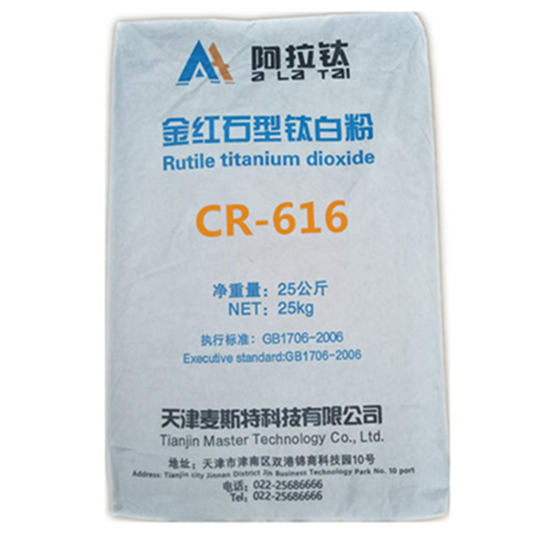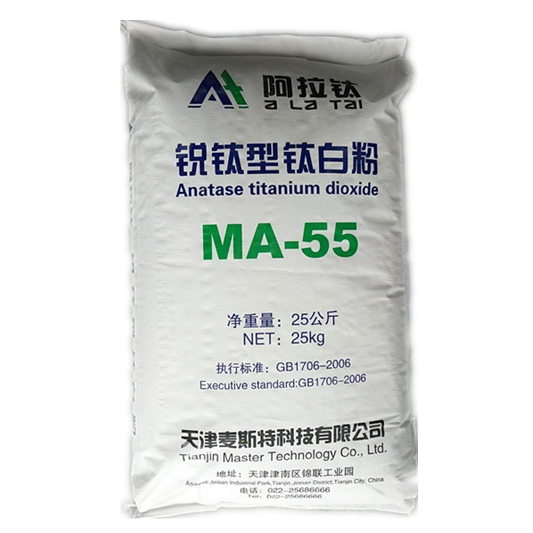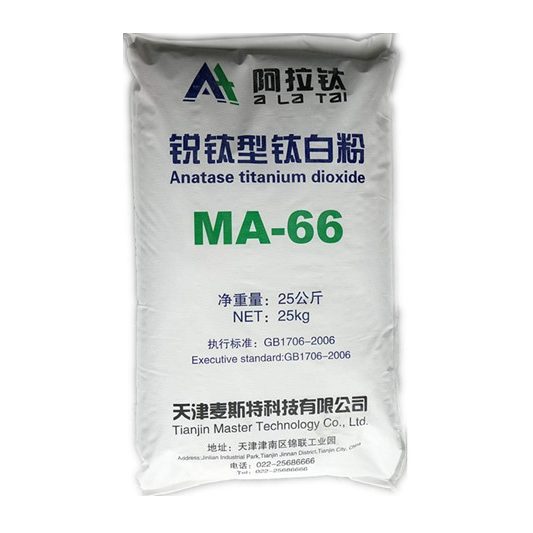新闻中心
Related sections:New Technology of Calcined Rotary Kiln Waste Heat Recovery in Titanium Dioxide Production
- Font size + -
Rotary kiln is a large energy consumption in the production of titanium dioxide, and its energy consumption accounts for about 20% of the total energy consumption of titanium dioxide production, and it is also one of the chemical operating units with low thermal energy utilization rate. In the 1980s, the Ministry of Chemical Industry organized the Coating Research Institute of the Ministry of Chemical Industry, the Third Design Institute, and part of the titanium dioxide plant. In Zhenjiang, a rotary kiln with φ1600 was used (heat source is light diesel oil, 15 cm refractory bricks lined with lining, and metatitanic acid adopts leaf filter. The machine was dehydrated and the product was anatase type. Tests were conducted on the site for nearly a week. It was found that the energy consumption per ton product was 1423.6 kJ (340 x 104 kcal), of which the metatitanic acid water evaporation accounted for 30.84% of the energy consumption. The kiln heat dissipation accounted for 39.53%, the flue gas removal heat accounted for 22.44% (the flue gas temperature was about 250°C), the heat taken away by the finished products accounted for 6.94%, the first three accounts for 92.81% of the total energy consumption. Recently, Shandong Institute for 40,000 tons of φ3600×55000 rotary kiln (with natural gas heating, membrane filter press dehydration, flue gas temperature of about 380 °C, the product is still anatase) according to the test results of the 1980s, re-converted The results are as follows: the energy consumption per ton of product is 1034.4 kJ, the evaporation of metatitanic acid is 20.1%, the radiation of kiln body is 24.97%, the heat taken by flue gas is 39.58%, and the heat taken by finished product is 7.85%. The utilization rate of heat energy has obviously increased, but the first three still account for 84.65%. The heat of the flue gas and the heat taken by the finished product are higher than the small kiln of φ1600 in the 1980s. This is mainly because the operating temperature is high (380~ 400 °C), large output.
In recent years, waste heat utilization is very common in the industry. The most widely used is that the flue gas is used for pre-concentration of waste acid after high-temperature electrostatic precipitator, and the utilization of heat energy is relatively good. There are also several companies that have introduced foreign technology. After the flue gas has been subjected to high-temperature electrostatic precipitator, part of the flue gas will be returned to the kiln head for secondary hot air use, which will reduce the consumption of natural gas. The remaining flue gas will be supplied to pre-concentrate the spent acid. The waste heat utilization rate can be more than 50%. Some companies directly put the flue gas into the waste heat boiler and generate 0.8 MPa of steam for use in the system. However, the direct use of flue gas is more difficult to operate. It is better to use the heat exchange oil for heat recovery and then use the waste heat boiler. The operation is relatively stable. The simplest way to spend the least is to use the secondary washing water as the electric defogging cooling water in the high hill. When reducing the temperature of the flue gas, the waste water is heated and then used for washing. Of course, the thermal efficiency of this method is also compared. low.
Measures to reduce kiln heat dissipation
German Ti-Cons company once introduced that in a φ3200×55000 rotary kiln lined with a 152 mm insulating brick and a 152 mm refractory brick, the heat loss on the surface of the kiln shell can be reduced by approximately 126×104 kJ. (30.1×104 kcal), which is equivalent to reducing heat loss by 25%. At present, domestic qualified enterprises have changed the original single-layer firebrick design into double-layer brick (a layer of refractory bricks, a layer of insulation bricks), according to the size of the kiln body, some use 150 mm firebrick +150 mm insulation Bricks or 150 mm firebricks + 50 mm insulation bricks have a significant effect of reducing the heat radiation of the kiln.
Titanium dioxide plants in Shanghai and Nanjing in the 1980s used the heat insulation measures of iron and steel plants for steelmaking. A layer of aluminum silicate fiber insulation felt was lined between the kiln and refractory bricks. The insulation effect was very obvious. People can hardly feel too much radiant heat standing under the kiln's head, and they can even touch the shell with their hands. Since the insulation blanket is too soft, the rotary kiln is thrown away after a long-term operation. If the problem of fixing felt and brick can be solved, this method can greatly reduce the heat loss of the kiln body.
Product take away heat recovery
The calcined titanium dioxide has a temperature of up to 800 degrees, and the amount of heat taken away accounts for 7% to 8% of the total calorific value of the calcining. It is also important for the cooling kiln of domestic titanium dioxide companies to use water cooling. The internal design of the cooling cylinder is not Reasonable, the heat exchange effect is not good, most of the factory water has not been recovered. After the introduction of Eastern European technology in the 1990s, the cooling kiln was almost completely changed to air-cooled. After the heat exchange between the cold air and the hot material, the temperature was raised to about 90°C and returned to the kiln for primary air use. However, from the perspective of thermodynamics, the recovery of waste heat is not thorough. For example, natural gas is used as fuel. For example, only about 38% of thermal energy is recovered, and only 54% is recovered with coal gas. It is recommended that air-cooled and water-cooled be replaced at the same time. The heated cooling water can be used for washing.
related news
- 2024-04-08
MECS 16-18 APRIL 2024
- 2023-12-28
Notification letter to customers
- 2023-12-25
Merry Christmas and Happy New Year
- 2023-12-19
CHINACOAT2023 IN SHANGHAI(NOV.14TH-17
- 2018-04-11
Talking about the Quality Requirements…
- 2018-04-11
New Technology of Calcined Rotary Kiln…
- 2018-04-11
How to distinguish the authenticity of…
- 2018-04-11
Introduction of titanium dioxide in fu…
- 2018-04-11
What are the important factors that af…
- 2018-04-11
Titanium dioxide in the paper indust
